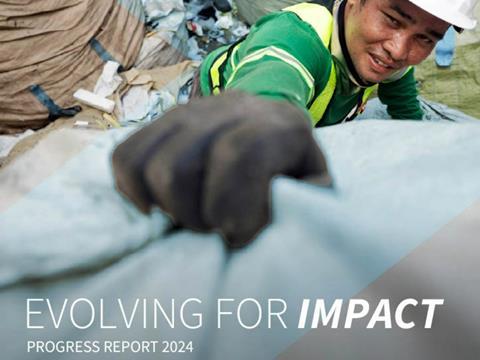
The Alliance to End Plastic Waste has released its Progress Report 2024: Evolving for Impact- an overview of five years of impact - and announced its 2030 strategy to create a circular economy for plastics.
The Alliance says it will concentrate its efforts on larger scale programmes – either in selected geographies or focused on key challenge areas – to deliver high impact systems change and solutions to reduce and recycle plastic waste. Catalysing capital will play an increasingly central role, as the Alliance expands its use of financing models and partnerships to unlock the investment necessary to help countries move up the recycling maturity curve.
Since its launch in 2019, the Alliance and its partners have reportedly reduced 239,985.48 tonnes of unmanaged plastic waste and valorised 253, 211.80 tonnes. The 2024 Progress Report summarizes the Alliance’s impact and portfolio over the past five years, including six independently assured projects such as the African Reclaimers Organisation in South Africa and Recicleiros in Brazil, which have demonstrated tangible outcomes in plastic waste reduction and recycling.
The Alliance states that US$610.89 million in funding has been committed by third parties and impact investors to initiatives that advance the Alliance’s mission. The Alliance provided seed capital to the Plastic Circularity Fund managed by Lombard Odier Investment Managers.
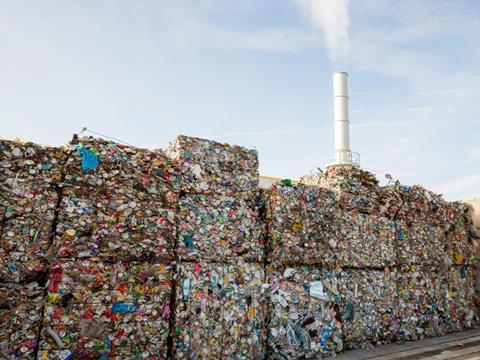
As part of its efforts to enhance working conditions for informal waste workers. 2,134 formal jobs were created through Alliance projects. Under its new strategy, the Alliance will shift to co-developing larger-scale, integrated efforts with a wide range of partners, including governments and financial institutions, instead of supporting smaller projects. These initiatives will fall into two categories: country-specific, aligned with national priorities; or thematic, addressing persistent global challenges to plastics circularity.
Key components of the strategy include focusing on select markets to improve waste management and increase recycling rates in support of national priorities, initially in India, Indonesia, and South Africa. The Alliance also plans to build initiatives that address systemic barriers to plastics circularity, starting with flexible plastics, and catalyse capital through blended finance, concessional funding, and partnerships with public and private finance institutions to unlock investment in high-impact waste management solutions.
Last year an investigation from Greenpeace accused members of the Alliance of producing over 1,000 times more plastic than they have cleaned up in its first five years, yet the Alliance argued that there is ‘no factual basis’ for the greenwashing allegations it faces. The Alliance originally pledged to invest $1.5 billion into its activities, which included removing 15 million tonnes of waste from the environment over five years.
More recently, the Alliance outlined its approach to converting mixed plastic waste into products of value in its new Solution Model playbook, keeping investment and technology requirements minimal to ensure its accessibility for countries with less developed recycling systems. The Alliance’s model is informed by projects implemented in Costa Rica, Ghana, South Africa, the USA, the Philippines, and other regions.
If you liked this story, you might also enjoy:
The ultimate guide to the Packaging and Packaging Waste Regulation in 2025
How are the top brands progressing on packaging sustainability?
Everything you need to know about global packaging sustainability regulation in 2025
The key to increasing the use of reusable packaging in supermarkets

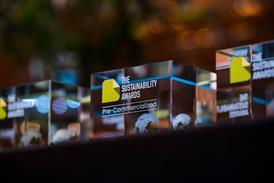

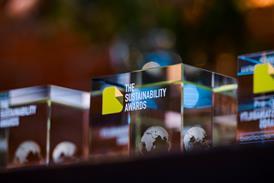

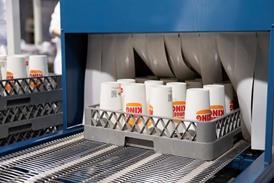










No comments yet